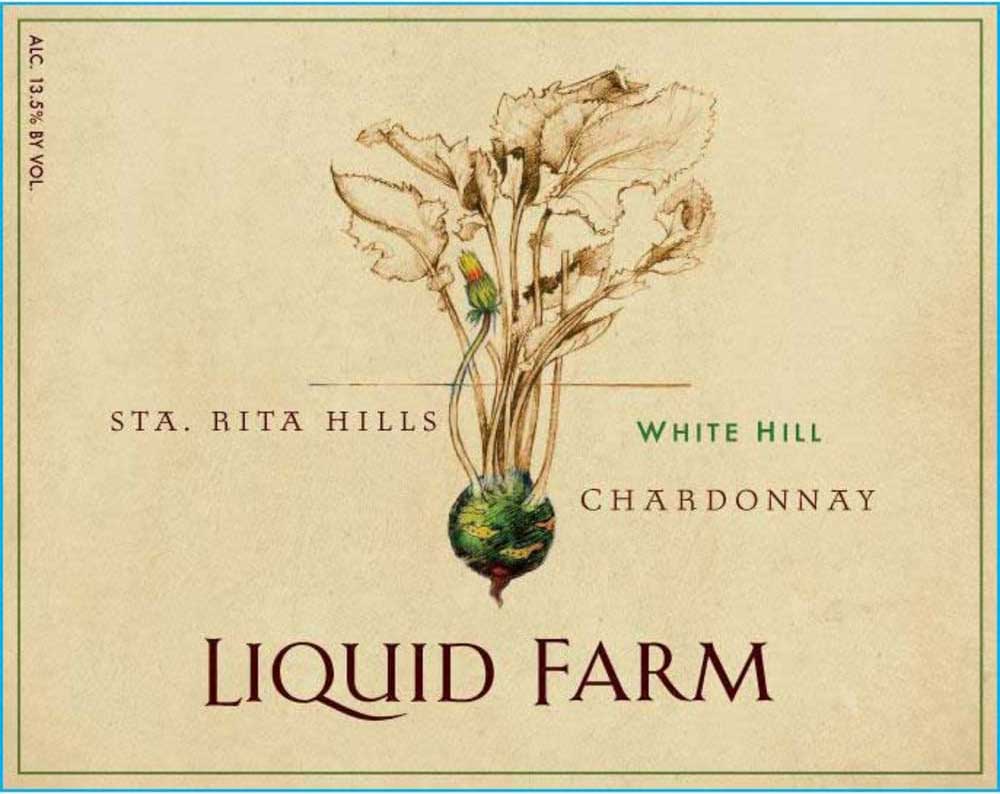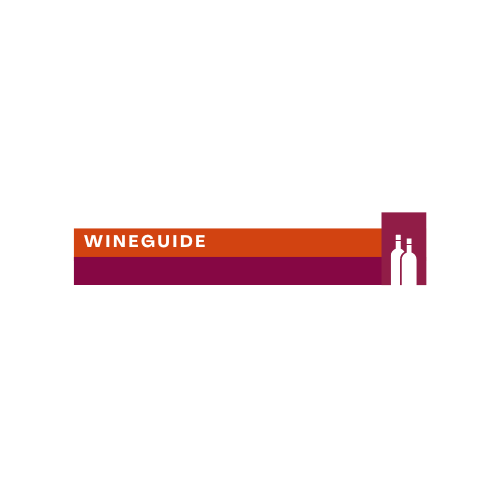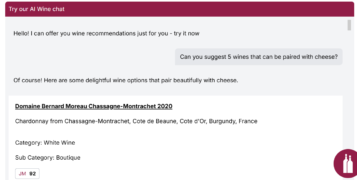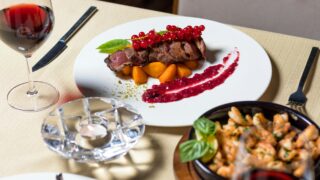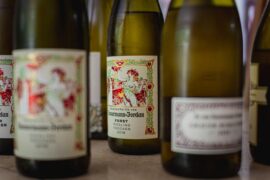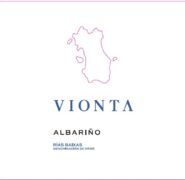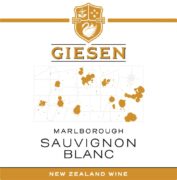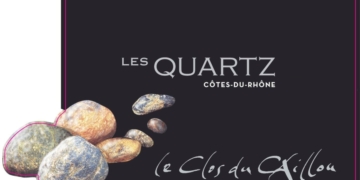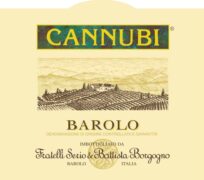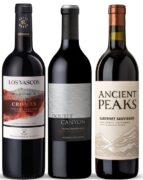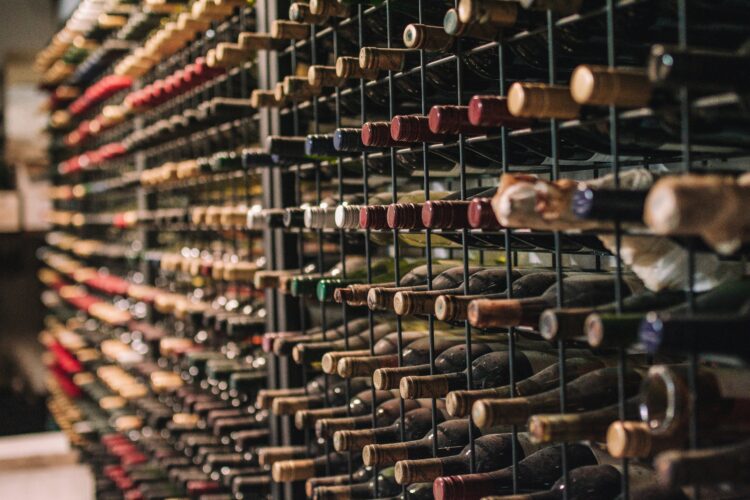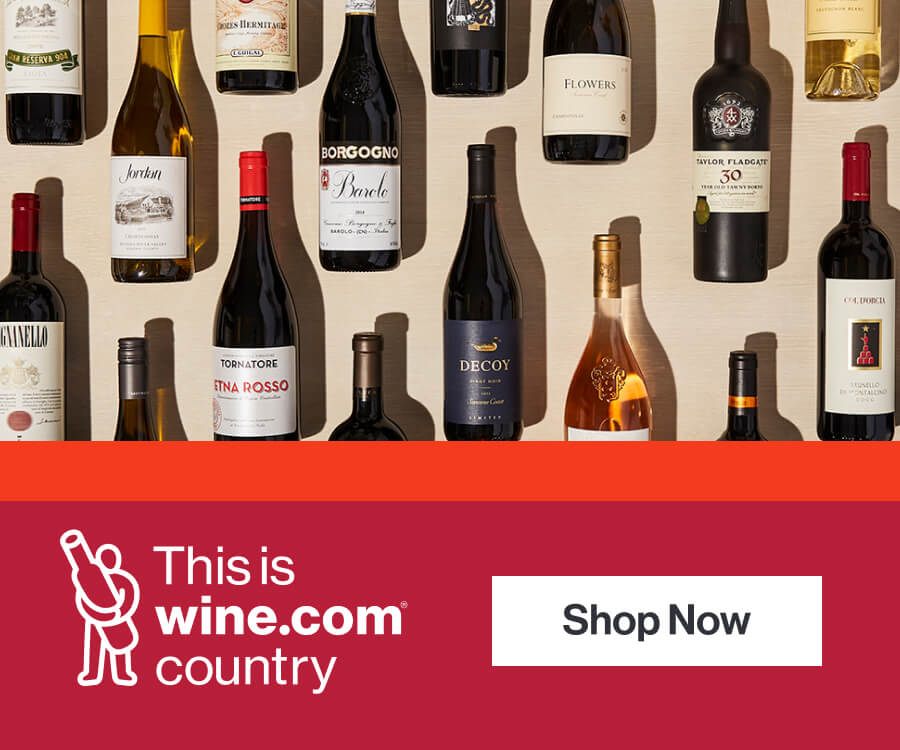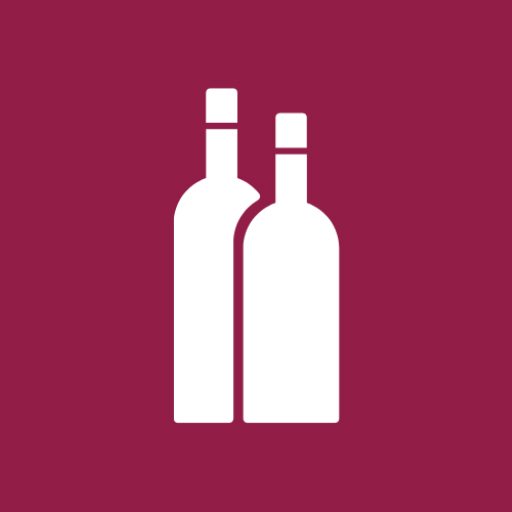In the 1980s, the Australian wine industry encountered such severe difficulties that the Calabria family, known for their winemaking, had to temporarily abandon their main operations and instead focused on washing bottles for larger producers just to stay in business. Fast forward to today, and the challenges are even more severe. Global consumers are turning away from the lower-priced “commercial” wine brands that once put Australia on the map, creating an increasingly dire situation for the industry.
Andrew Calabria, head of sales at Calabria Family Wines, reflects on this stark contrast. “Three years ago, the industry was in its best position ever. Now, it’s the worst it’s been,” Calabria said.
The crisis has deeply impacted the sector, which supports over 160,000 full and part-time jobs. The ongoing struggles have forced established players to make tough decisions. Treasury Wine Estates, Australia’s largest wine producer and the owner of popular labels like Wolf Blass and Blossom Hill, recently announced the sale of its commercial wines division, resulting in a A$290 million (US$189 million) writedown.
This move is just the latest in a string of significant deals within the Australian wine industry. In February, a consortium led by private equity firm Bain Capital took over Accolade Wines, Australia’s second-largest wine producer, known for brands like Hardys and Banrock Station. The acquisition came after Carlyle-owned Accolade struggled with debt. Bain also acquired Pernod Ricard’s Australian wine portfolio in July, with plans to merge it with Accolade.
The roots of these challenges trace back to 2020, when China imposed heavy tariffs on Australian fine wine, effectively cutting off what had been the industry’s most profitable export market. While sales to China have rebounded since the tariffs were lifted in March, few expect them to return to their previous peak of A$1.2 billion annually—a figure that once exceeded the combined value of exports to the U.S. and the UK.
The global decline in wine consumption has further compounded the industry’s woes. UK wine consumption per capita peaked in 2009, with only a brief resurgence during the COVID-19 pandemic. Since then, British consumers have been drinking 14% less wine than they did in 2000.
Major alcohol companies are also moving away from the “commercial” end of the wine market—brands that retail for under $10 a bottle—and are instead focusing on higher-margin, faster-growing segments like spirits and premium wines.
For many Australian producers, these trends echo the challenges of the 1980s. Vineyards are being uprooted to make way for alternative crops such as almonds and table grapes. Industry organizations are in discussions with the government to support struggling growers in transitioning their vineyards to other uses.
In key markets, consumers are increasingly prioritizing health and wellness, leading to a decline in demand for the cheaper “big reds” that commercial growers typically produce. “People are drinking less but opting for a better bottle,” said Lee McLean, CEO of Australian Grape & Wine. “The reality is hitting home in Australia. We’re facing a global oversupply. This is a crucial moment for the industry.”
Trevor Stirling, an analyst at Bernstein, highlighted that winemakers worldwide have been forced to lower prices to remain competitive. “Wines that were once considered premium are now seen as mainstream,” he said. “The only profitable segment in the global wine industry right now is rosé and upscale wines.”
Despite divesting most of its wine brands, Pernod Ricard has retained its Château Sainte Marguerite en Provence rosé, acquired in 2022. Similarly, luxury group LVMH has doubled down on rosé, purchasing Château Minuty in 2023 after acquiring Château Galoupet in 2019.
Other large producers are now focusing on premium and luxury wines. Treasury Wine Estates, for instance, is concentrating on its successful Penfolds brand and acquiring high-end U.S. labels.
“There’s an inherent contradiction in the wine industry,” Stirling observed. “The sweet spot is to scale a premium business, but that’s difficult in a world where being knowledgeable and a connoisseur means rejecting big brands.”
Andrew Caillard, a wine auctioneer and author of a history of Australian wine, views the shift away from high-volume commercial brands as a positive development, noting that these brands had been “sold down every rabbit hole.” However, he also pointed out that sales of boxed wine—popularly known as “goon bags” in Australia—have risen recently as consumers look for affordable options amid the cost of living crisis. This, he suggests, shows that commercial wine still has a future. “We see value in all of it. The market moves very quickly,” Calabria added.



